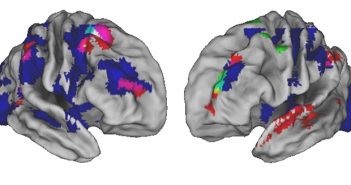
Brown’s Center for Central Nervous System Function to launch new projects, develop new analysis tools.

Brown’s Center for Central Nervous System Function to launch new projects, develop new analysis tools.

An EEG-based test could improve patient pain assessments and reduce the over-prescription of opioids.

Regular walking may protect against heart failure after menopause.

With patients’ advice and new tools, a hospital aims to prevent all suicide deaths.
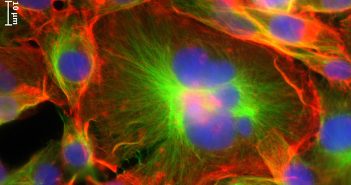
First study on physical properties of polyploidal cancer cells may inform new treatments.

Playing music for patients in palliative care improves their well-being, study finds.

Medicare Advantage rankings penalize plans serving disadvantaged populations, study finds.
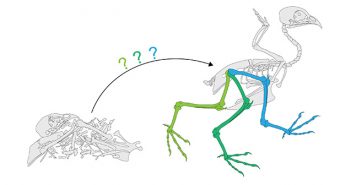
Pterosaurs probably didn’t fly like bats, according to a new study of bird ligaments and joints.
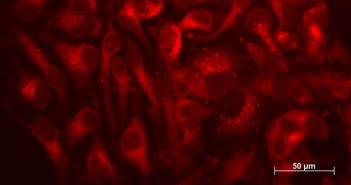
A novel way of stimulating the cellular recycling process could help researchers find therapies for age-related diseases.

Emergency physician Megan Ranney says the best way to address firearm injury is with research and facts.

Kimchi made without seafood products still has the same probiotic bacteria.

A therapy originally developed to treat cancer could help children with this rare, fatal disease to live longer.

Scientists identify compounds with the potential to treat MRSA and other antibiotic-resistant infections.

Focusing on the early stages of amyotrophic lateral sclerosis may be key to treating it, study suggests.
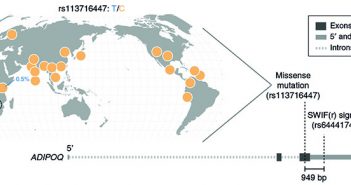
A new machine learning technique helps detect beneficial mutations in population genetic datasets.

Treating people for opioid addiction in prison saves lives when they get out, a new study finds.

Research reveals atomic-level changes in a protein associated with brain disorders.